From February 24th to 26th, 2023, the 2022-2023 China Dry Eye Rehabilitation Academic Annual Conference & 6th Dry Eye West Lake Forum & National Dry Eye Diagnosis and Treatment Center Standardized Construction Training was grandly held in Ningbo. The conference invited well-known domestic ophthalmologists to conduct in-depth interpretations on eye surface and dry eye-related diseases, new strategies, developments, technologies, standards, and skill education for dry eye treatment, providing a academic feast for ophthalmology professionals.
General Conference overview
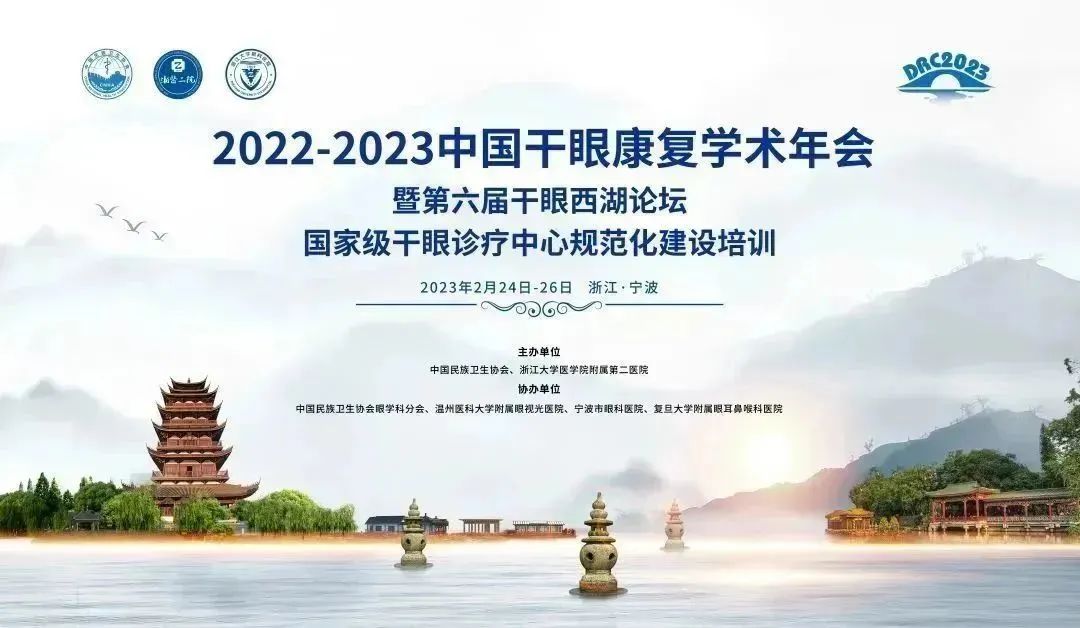
This conference not only had experts bringing wonderful academic lectures, but the standardized construction training for dry eye diagnosis and treatment centers using live broadcast and interactive forms was also refreshing. Through the demonstration and teaching of various dry eye examination and treatment techniques, more and more hospitals have the ability to provide standardized dry eye treatment services. Over 100 provincial and municipal-level dry eye demonstration centers were awarded at this conference, and the construction of dry eye demonstration centers at all levels has played a positive role in promoting the rapid development of dry eye outpatient services
Rapid Growth in Demand for Dry Eye Diagnosis and Treatment, Huge Market Space.
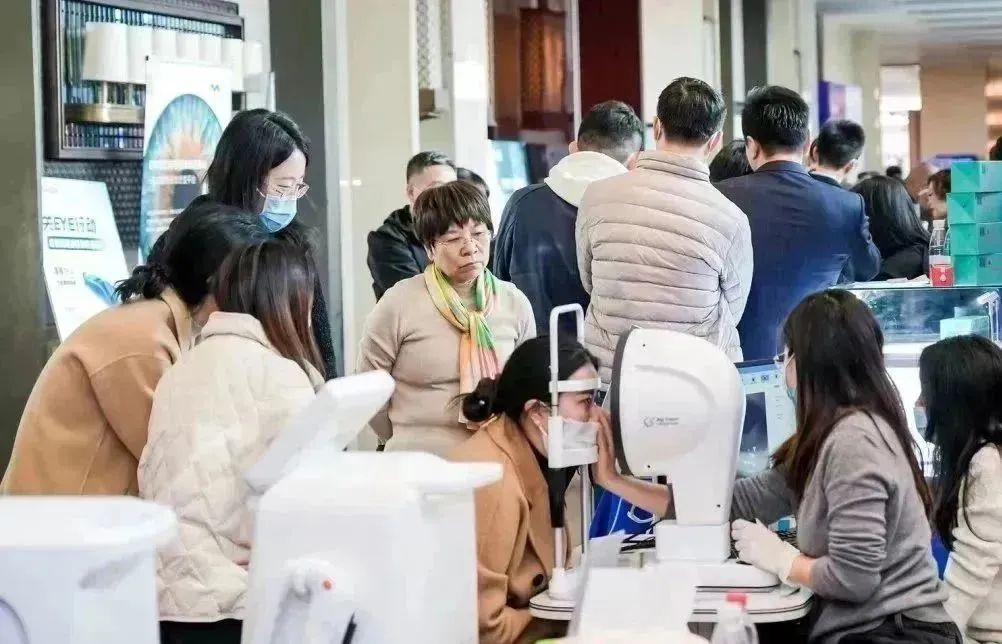
Dry eye is currently the most common ocular surface disease that affects visual and life quality. In China, the prevalence of dry eye is about 21%-30%, making it the second-most common eye disease after myopia. Dry eye can be caused by many factors such as lifestyle, local eye infections, and systemic diseases or surgeries which could trigger or complicate dry eye. A study in 2018 showed that the incidence of dry eye in diabetic patients was 61.1%, and there was a high correlation between retinopathy and dry eye in diabetic patients. Cataract surgery is one of the most common ophthalmic surgeries, and some patients may already have dry eye before surgery. Several factors during cataract surgery could lead to unstable tear film and worsen dry eye symptoms. Therefore, it is essential to pay attention to and standardize the treatment of dry eye symptoms in cataract surgery patients.
At the same time, long-term eye use and incorrect eye habits are common factors leading to myopia and dry eye. The probability of dry eye in myopia patients is higher than that in the general population. Studies have shown that 41.43% of patients with ametropia in China suffered from dry eye. Some patients cannot tolerate wearing contact lenses due to dry eye or may develop obvious dry eye symptoms after long-term use of contact lenses. Millions of people undergo corneal refractive surgery in China every year, and this number is increasing year by year. It is necessary to pay attention to and manage dry eye symptoms before and after surgery. Optometry clinics are the main providers of primary eye health care services. Actively promoting standardized dry eye services not only has important practical significance but also has broad market prospects for providing affordable and accessible eye health services to the public.
Big Vision AI Dry Eye Detection: An Intelligent and Efficient New Solution

Examination is the prerequisite for treatment. Due to the complex causes and diverse clinical manifestations of dry eye, there are many examination items. All levels of hospitals, especially primary hospitals and optometry clinics, urgently need an intelligent and efficient comprehensive dry eye examination device. Big Vision Medical was invited to participate in this grand event and showcased its independently developed AI dry eye detection instrument BVD6600 series. The product adopts a large Placido ring scheme, which allows for a more complete range of examinations such as tear film break-up time without the need to manually change lenses or switch light sources or magnifications during different examination items. During the examination, it can automatically identify the eye, and a one-click report generation feature is available based on the actual examination results of the patient. Moreover, the hospital can customize the report template according to their own needs.


As a high-tech enterprise specializing in AI technology for ophthalmology, Big Vision Medical’s dry eye detection instrument integrates industry-leading ophthalmic imaging AI algorithms. It can automatically annotate and measure the height of the tear meniscus at up to nine locations. It automatically tracks and identifies the location of tear film break-up and performs morphological segmentation of meibomian gland and calculates its missing proportion. Based on enhanced images of the lipid layer flow, it can automatically classify severity levels. It is presently the most comprehensive dry eye AI solution and provides valuable reference for clinical diagnosis and treatment by doctors.
Exciting moments at the Big Vision booth.
During the exhibition, the Big Vision booth was constantly crowded with visitors who praised the user-friendly and intelligent efficiency of the Big Vision Medical dry eye detection instrument. The technological innovation of Big Vision’s dry eye AI solution also attracted many renowned experts and guests to visit and offer guidance.
“With the mission of ‘Early detection of any problematic eyes and providing the best treatment solutions’, Big Vision Medical upholds its original intention, perseveres forward, continuously pursues technological innovation, and contributes to ophthalmic diagnosis and treatment with the power of AI.”

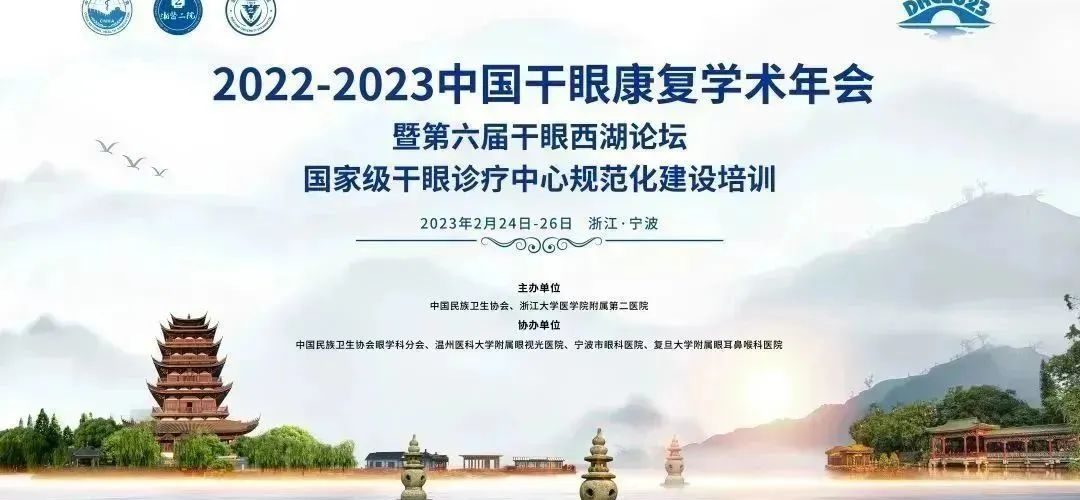
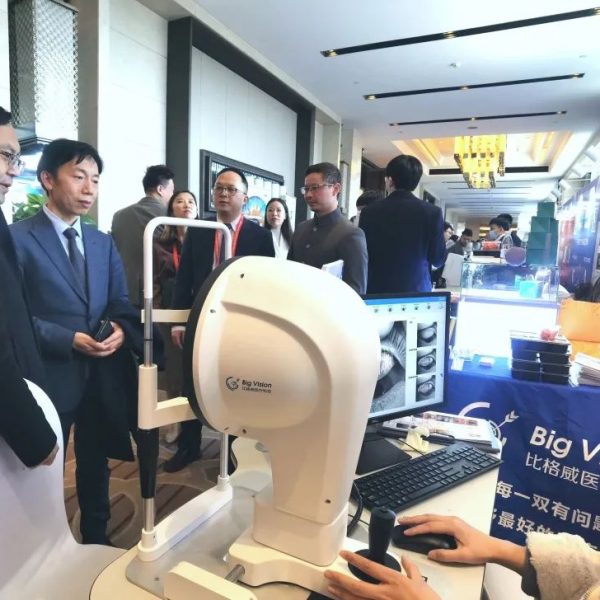
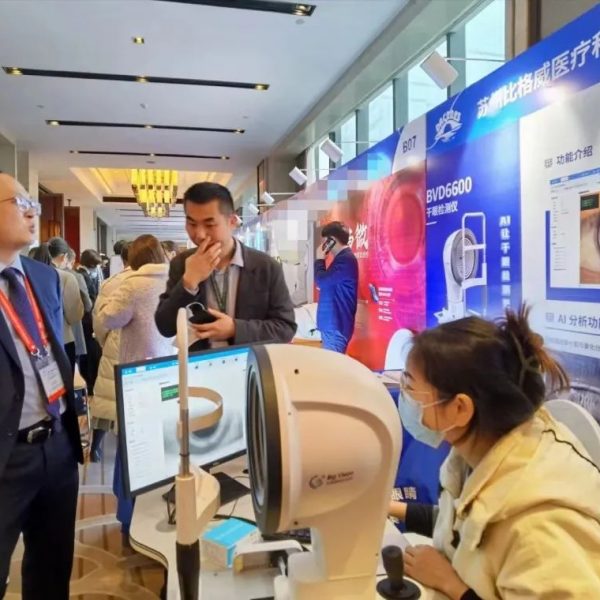
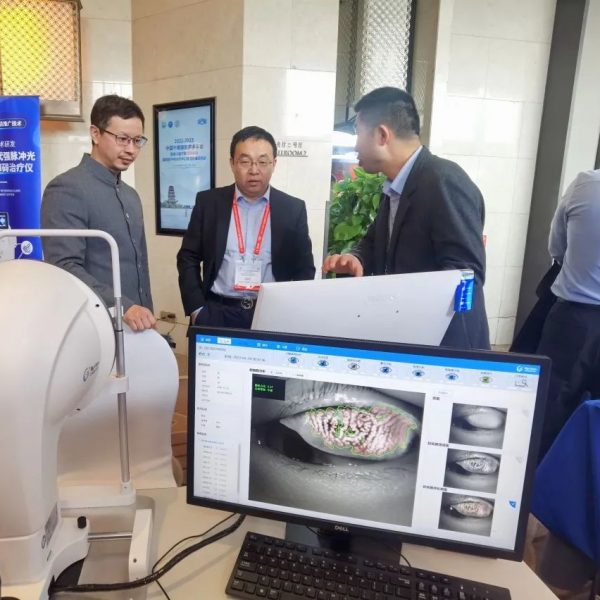
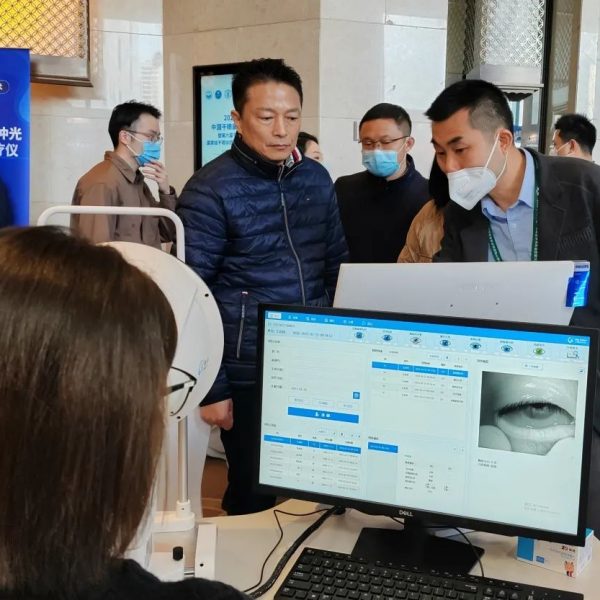
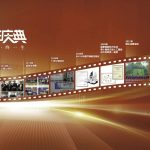
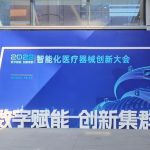
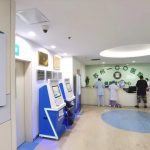




No comments yet.